Four years ago, as I left Adaptive Path, I wrote a series of emails about things I learned during my time there. One of those was in response to a request from a colleague, “How about some knowledge about managing challenging team dynamics, both on the client or internally. Basically project leadership tips.” Team dynamics is among the most important determiners of project success, but also among the least understood and discussed. What follows is very much consulting-oriented (and at some point I’ll write it out from an in-house point of view), but I still think has plenty of general relevance. Just replace “Client Team Dynamics” with “Cross-functional dynamics” and it pretty much works.Â
Internal Team DynamicsLet me start with internally. I don’t know what it is, exactly, but I haven’t had a challenging internal team dynamic for, well, years. I would attribute this to a few things:
- I do not tell people *how* to do their work.
- I expend my effort creating a space (figurative or literal) where great work can happen.
- I nip negativity in the bud — criticism and expressing concern are good, but when it gets into a truly negative place, where conversation and exploration is getting shut down, I tackle that directly.
- I acknowledge my faults and shortcomings (i.e., you don’t want me opening any Adobe tool).
- I don’t take things personally.
- I’m pretty laid-back in a project environment.
This is not to say I am not super concerned with quality, or I’m willing to let substandard stuff go out, because I’m too groovy to get up in people’s business. But my critique and feedback style, which the Yeti Skyway [a project code name] team saw, is less about, “This sucks, make it better,” than it is, “Hey, I think we all recognize we could push this to a better place. Let’s reframe the problem, and poke at it from a different angle.”Client Team DynamicsThis gets a little trickier. I’ve been lucky in my last few projects where I’ve had the fortune to work with delightful client partners. That said, I’ve definitely had my share of challenging clients. One key thing, which I mentioned with internal team dynamics is:
- I don’t take things personally
This is so huge. As Chula pointed out at lunch yesterday, it’s probably the thing that allowed me to work well with all the original founders, even when some of them couldn’t work well with one another.We cannot let ourselves get caught up in our clients’ shit.I also find being open and honest with clients has served me well. What have we got to lose? They’ve hired us to challenge them. I sometimes have to remind them that if we’re not making them uncomfortable, we’re not doing our job.With client team dynamics, I have found that it can be powerful to engage with the emotional aspects of the relationship. Too often we think that because this is a “business” relationship with our clients, we have to shut down those elements that make us human, and be a bit more like automatons, focusing on the work product, and ignoring emotional factors. But emotional factors directly affect our work, and, if handled respectfully, it can be quite helpful to address them.A key to successful client relations and team dynamics has been to keep the client in the loop. Even if the updates are brief, daily or semi-daily updates, communications through Basecamp, etc., go a long way.Other Aspects of Project LeadershipSomething project leads need to have, and which takes a while to develop, is swagger. Swagger is that confidence in yourself, your team, and your approach. It’s a belief that you are *probably* right (though it’s important to recognize when you are not). It’s a certain charisma that gets the client comfortable with you, and to believe that you’re doing best work for them.Swagger doesn’t have to be some masculine strut, it just has to be the confidence of your convictions.The other thing to remember about project leadership is that it is a consulting role first, and a design role second. This is probably the hardest part for folks to understand and embrace as they become project leads. You need to let go of some of the design work, trust the team to do great work, and instead focus on creating the space for great work to happen, and engaging with the client in such a way to make sure they’re supporting the great work.
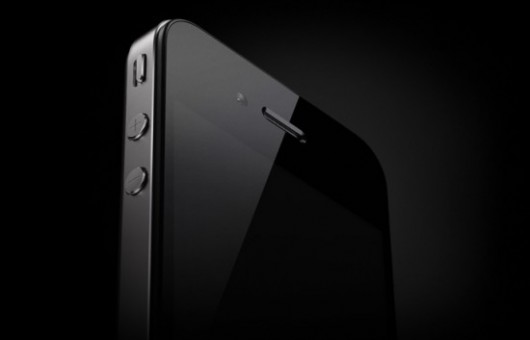
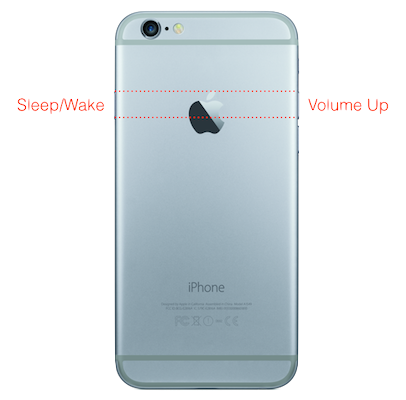
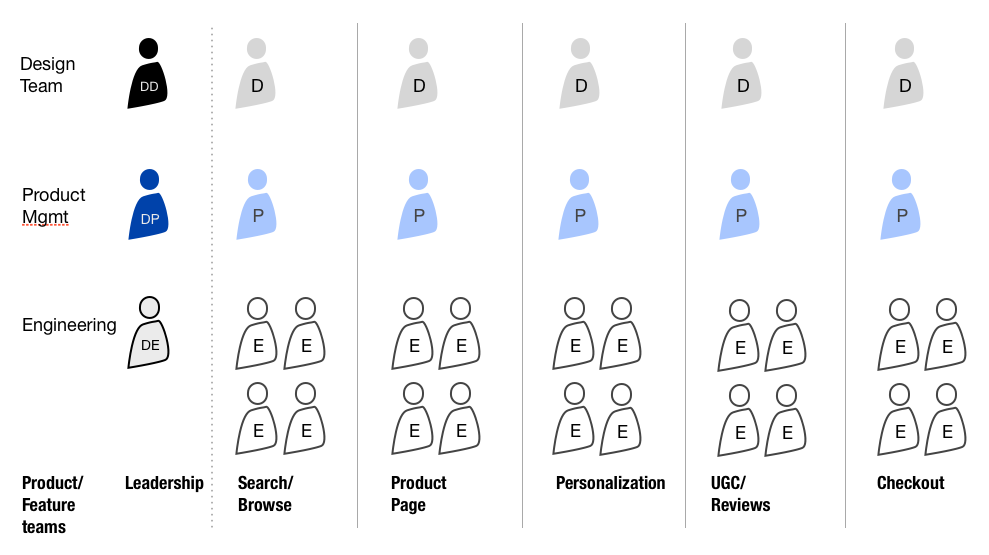
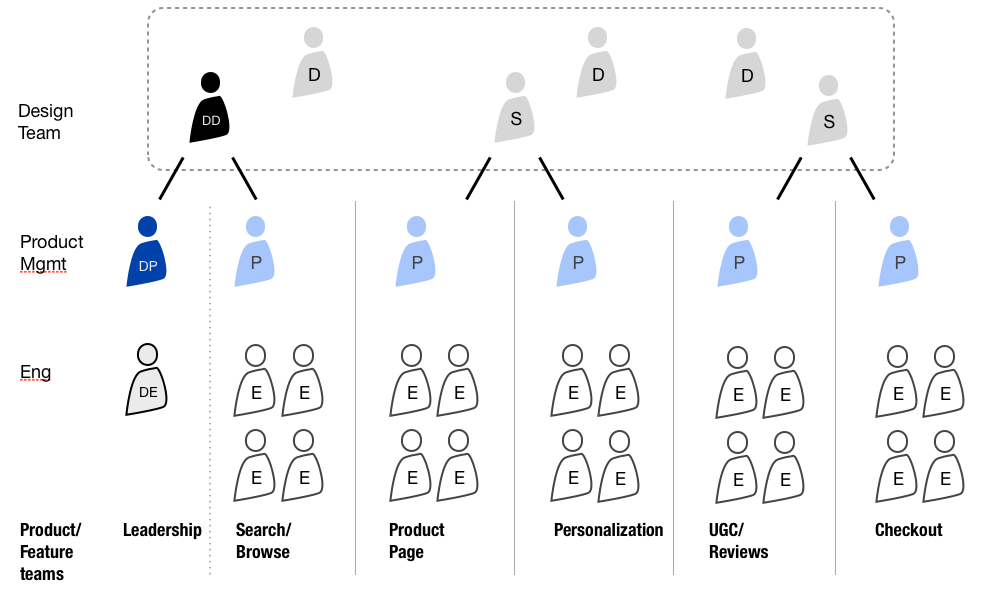
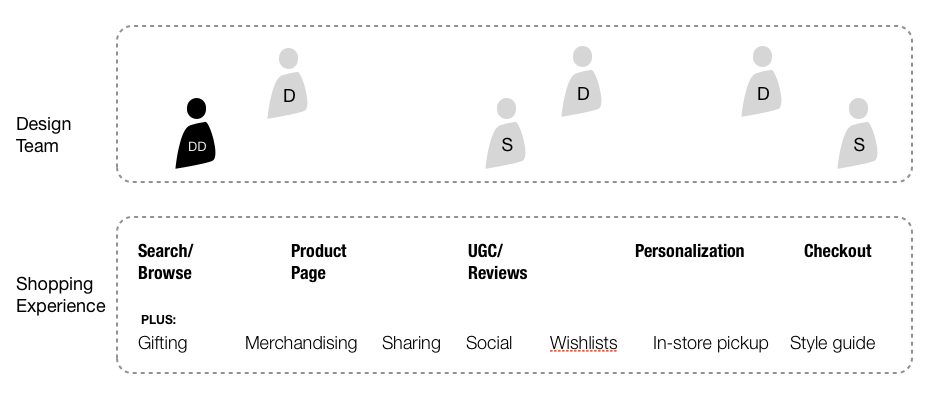
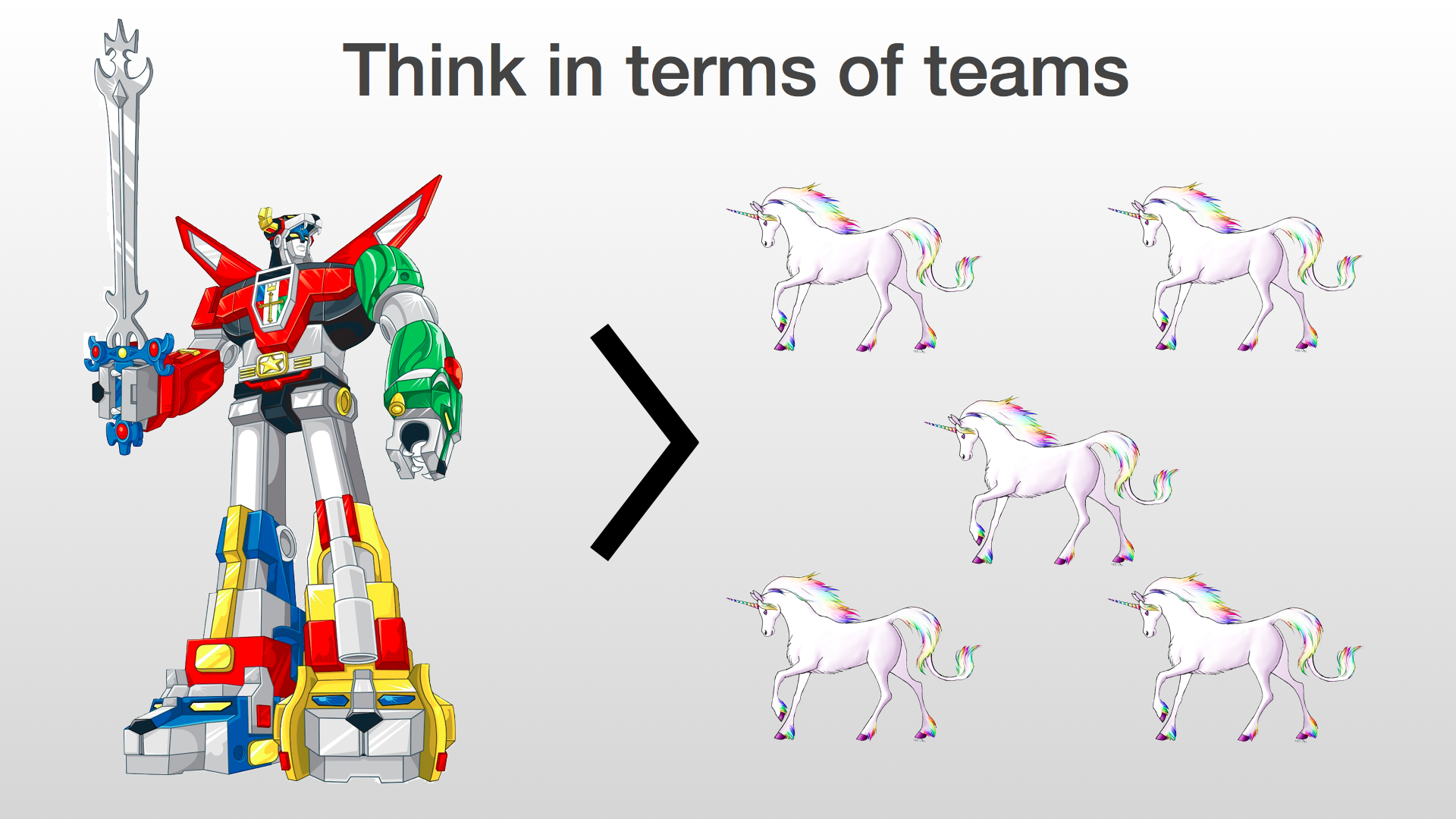  On the left, comprised of 5 robot lions (stay with me…), you have super robot
 On the left, comprised of 5 robot lions (stay with me…), you have super robot